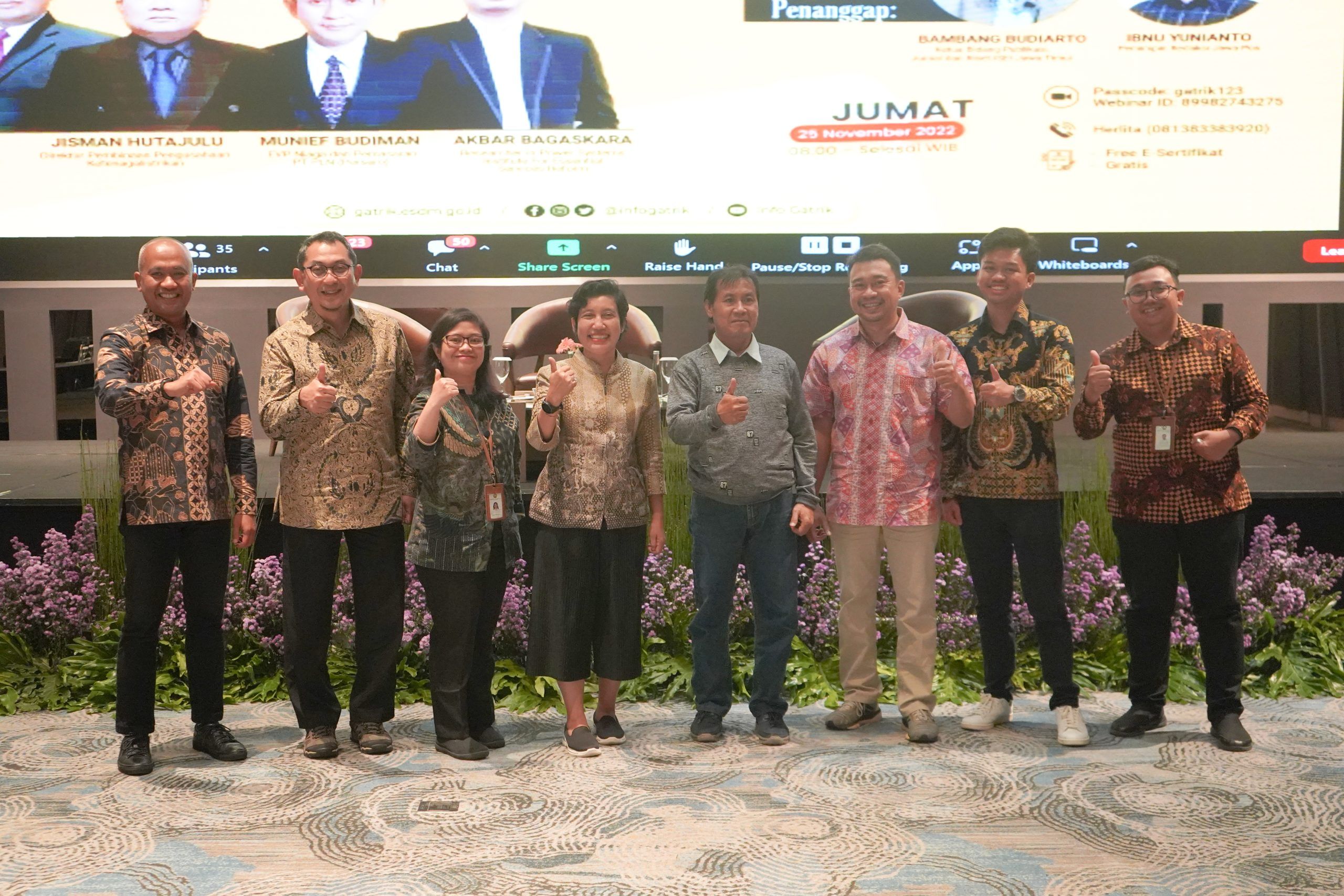Surabaya, November 25, 2022 – Electrical energy is one of the human needs that integrates into daily needs. Increasing access to electricity through 100 percent electricity ratio also needs to be coupled by providing energy sources that are more environmentally friendly.
Akbar Bagaskara, Electricity System Researcher, Institute for Essential Services Reform (IESR), in a public discussion forum with the theme “Stakeholder Synergy in Efforts to Increase Electrification and Per Capita Electricity Consumption in Indonesia” organized by the Directorate General of Electricity, Ministry of Energy and Mineral Resources, stated that there are five countries in ASEAN that have not achieved a 100% electrification ratio, such as Cambodia, Laos, Myanmar, Indonesia, and the Philippines.
“Based on data from the ASEAN Center of Energy as of 2021, Indonesia has an electrification ratio of 99%, followed by the Philippines at 97%, Laos at 95%, Cambodia at 81%, and Myanmar at 51%. Indonesia and the Philippines have not yet achieved a 100% electrification ratio due to the condition of the archipelagic countries. This condition is a challenge compared to other ASEAN countries, which are mainland, therefore, it is easier to distribute electricity, “explained Akbar.
Observing the electrification ratio must be connected to electricity consumption in Indonesia. Akbar said that the majority of electricity consumption in the household sector is used for lighting. As for cooking, they still use liquefied petroleum gas (LPG), with a ratio of total energy consumption in the household sector of up to 49%.
“The existence of these conditions creates the potential to electrify stoves used by the household sector, replacing LPG,” said Akbar.
In addition, based on data from the Ministry of Energy and Mineral Resources, said Akbar, electrification in the transportation sector still tends to be low, around only 1%. According to him, the Indonesian Government’s program to promote electric cars is crucial to increasing the adoption of electric vehicles.
“Full utilization of electrification potential will create opportunities to increase electricity consumption in the transportation and household sectors,” said Akbar.
Furthermore, Akbar explained that electrical energy use in Indonesia and other ASEAN countries is still only around 20%. It can be seen based on energy consumption data per capita for 2018-2021. On the other hand, based on the MEMR 2020-2024 Strategic Plan (RENSTRA), Indonesia’s electricity consumption target per capita is 1,408 kWh. Meanwhile, the average electricity consumption in ASEAN itself is around 3,672 kWh per capita.
Head of the Electricity Sector at the East Java ESDM Office, Waziruddin, stated that based on an electrification ratio of 99.32% in the third quarter of 2022, there are households that have not had electricity connections. This can also be seen from the number of low-income families (RTM) in East Java that do not have electricity, around 126,708. However, his party has budgeted around IDR 12 billion in house installation grants in 2023 and various other assistance to provide access to electricity for these households. In addition, Waziruddin stated that the East Java Provincial Government continues to push for an energy transition policy to increase energy security.
“For example, using geothermal as a substitute for coal energy in power plants, considering that East Java is rich in geothermal potential. In addition, several industries in East Java have also installed rooftop solar power plants, developed biomass power plants, and utilized biofuels,” said Waziruddin.
Edy Pratiknyo, Sub-Coordinator of Business Commercial Relations Facilitation, Ministry of Energy and Mineral Resources, stated that the Directorate General of Electricity is pushing for an accelerated increase in electricity consumption.
“With the program to increase electricity consumption, the government is pushing through accelerating permits for charging infrastructure for Battery-Based Electric Motorized Vehicles (KBLBB),” Edy concluded.

